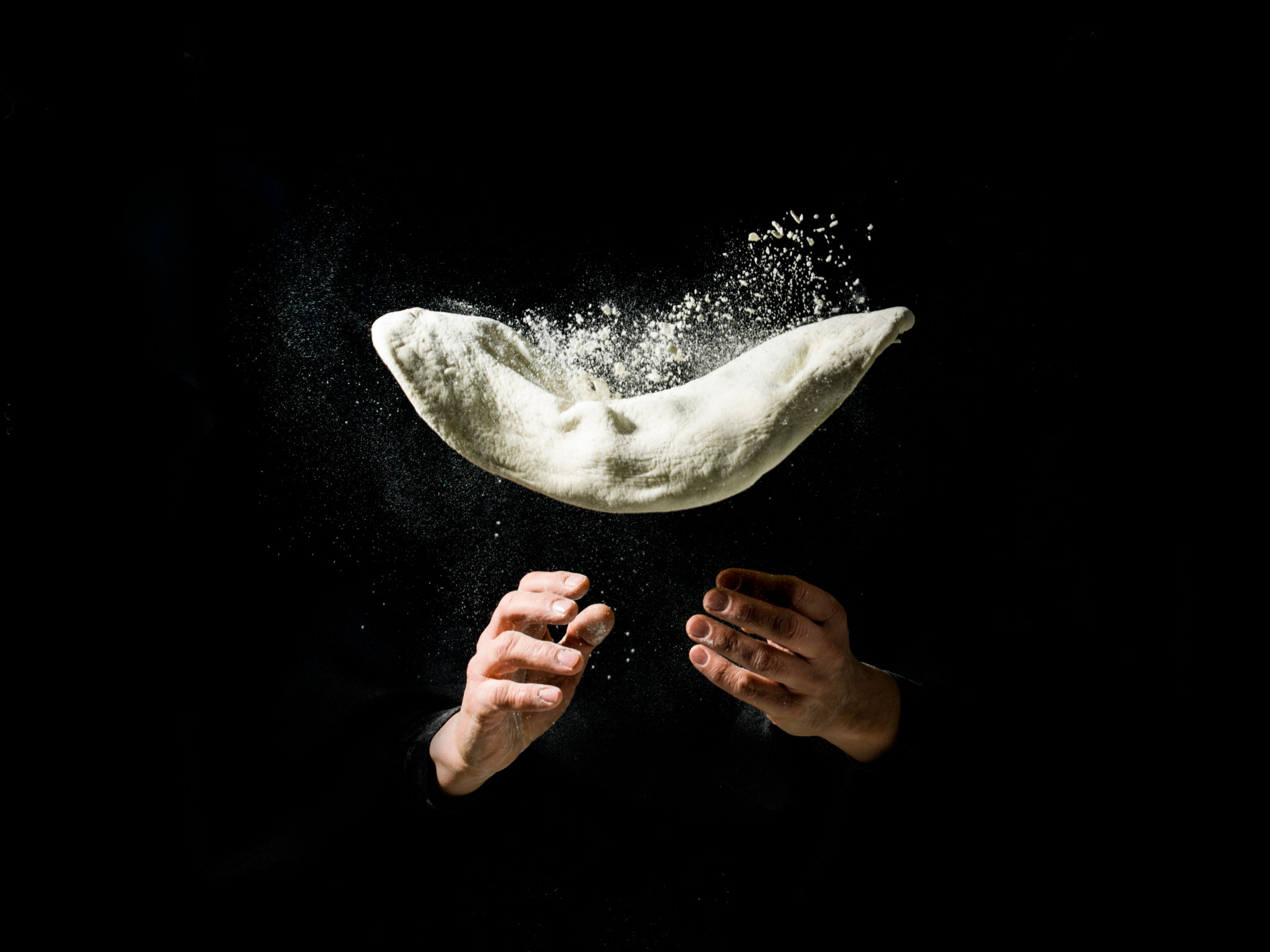The Art of Perfect Pizza Dough: Secrets from Our Sayre Kitchen
The Basics of Pizza Dough
Creating the perfect pizza dough is an art that combines science, technique, and a little bit of magic. Here in our Sayre kitchen, we've honed this craft to perfection. The foundation of any great pizza is its dough, and understanding the ingredients and their roles is crucial. At its core, pizza dough requires just a few simple ingredients: flour, water, yeast, and salt. However, the quality of these ingredients and the way they are combined can make all the difference.
To start, choosing the right flour is essential. We recommend using high-protein bread flour, which helps achieve that desirable chewy texture. Water is another key component and should be at room temperature to activate the yeast properly. Speaking of yeast, it's important to use fresh or active dry yeast for the best results. Finally, salt not only adds flavor but also strengthens the gluten structure, providing a better rise.

The Art of Kneading
Kneading the dough is where the magic truly begins. This process develops the gluten network, giving the dough its elasticity and strength. Start by mixing the ingredients until they form a sticky mass. Then, turn the dough onto a lightly floured surface and begin kneading by folding it over and pushing it down with the heel of your hand.
Knead for about 10 minutes until the dough is smooth and elastic. A good test to check if it's ready is the "windowpane test." Stretch a small piece of dough between your fingers; if it forms a thin, translucent sheet without tearing, it's ready for fermentation.
The Fermentation Process
Fermentation is where flavor develops. After kneading, let your dough rest and rise in a warm environment. This process allows the yeast to consume sugars in the flour, producing carbon dioxide and alcohol that contribute to flavor and texture. Here in Sayre, we love using a long, cold fermentation method.

Place your kneaded dough in an oiled bowl, cover it with plastic wrap or a damp cloth, and refrigerate it for at least 24 hours—up to 72 hours for maximum flavor. This slow rise improves both taste and texture, resulting in a pizza crust that's airy yet crisp.
Shaping Your Dough
Once your dough has fermented, it's time to shape it into a pizza base. Begin by gently pressing down on the risen dough to release excess gas. Transfer it to a floured surface and divide it into equal portions if making multiple pizzas. Shape each portion into a ball by tucking the edges under itself.
Let the dough balls rest for about 30 minutes at room temperature. When ready to shape, use your fingers to press from the center outwards, gradually expanding the dough into a circular shape. Avoid using a rolling pin as it can deflate the dough's airy structure.

Tips for the Perfect Bake
Baking is where all your hard work comes together. Preheat your oven to its highest setting—usually around 475°F to 500°F. If you have a pizza stone or steel, place it in the oven while preheating for an even bake. Carefully transfer your shaped dough onto a lightly floured pizza peel or parchment paper.
Add your desired toppings, but remember less is more; too many toppings can weigh down the crust and prevent even cooking. Slide your pizza onto the hot stone or steel and bake for 8-12 minutes until the crust is golden and crisp.
Enjoying Your Creation
The final step is undoubtedly the most rewarding: enjoying your homemade pizza! Whether you prefer classic Margherita or adventurous topping combinations, savor every bite of your perfectly crafted dough.

In our Sayre kitchen, we've learned that each step—from selecting ingredients to baking—contributes to creating an exceptional pizza experience. With practice and patience, you too can master the art of perfect pizza dough.
